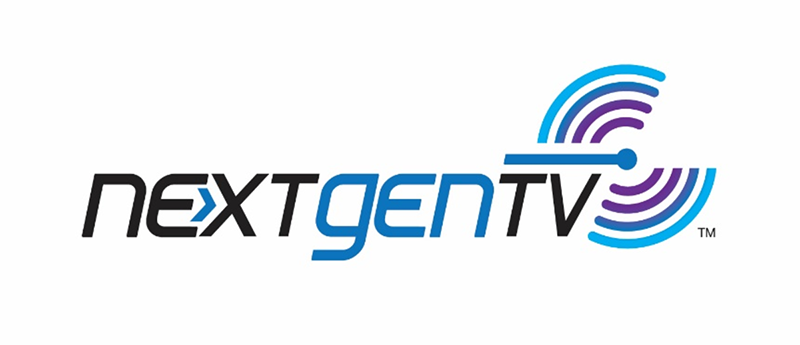 Anne Schelle is the Managing Director of Pearl TV
Anne Schelle is the Managing Director of Pearl TVThe rollout of NEXTGEN TV is much more than the obvious benefits to viewers – enhanced audio, better pictures and more choice for free over-the-air TV. ATSC 3.0, the revolutionary broadcast standard, is built on an Internet Protocol backbone that can do something earlier systems couldn’t: be resistant to hacking and disruption.

Data security is critical in every aspect of modern life, from financial markets to websites. Enhanced authentication and password managers are considered best practices for any website handling sensitive personal data. Computer network security seems like a constant cat-and-mouse game to outwit bad actors, and for good reason. But until now, broadcast TV has been defenseless against theft, malicious hacks and worse.
A case in point is the Ukrainian hack of Russian television stations – an incident that, while perceived by some as a justified act of cyber resistance, underscores the fragility of current broadcasting systems and reveals the potentially disruptive power of technology when misused. It’s a sobering reminder that the proverbial sword cuts both ways. Today’s triumphant hackers could become tomorrow’s victims. Consequently, this incident underscores the compelling need for robust security protocols with TV broadcasting. So, while we empathize with Ukraine’s struggles, we must also recognize that hacking is a double-edged sword. Rather than celebrating such incidents, let’s view them as wake-up calls to the urgent need for enhanced broadcast security.
Leading Edge Security
Developed by the Advanced Television Systems Committee (ATSC), the new ATSC 3.0 broadcast standard features vastly superior performance for broadcasters and viewers alike, and it also integrates technologies common in the telecommunications and internet industries. Along with improved reception, interactivity and advanced emergency information capability comes a security mechanism to prevent disruptions and content theft.
While pay-TV services like cable and satellite have been protected networks for some time, the reality is that nearly every website uses a seamless signing and authentication process to ensure consumers get what they’re expecting and hackers are kept out. Now, over-the-air TV broadcasting will finally have enhanced security just like many websites.
This security upgrade for television broadcasters is important since unprotected signals can easily be intercepted, “deep faked” and redistributed without permission. Courts have shut down these illegal schemes but it took years and cost the industry millions. Preventing this problem in advance can be accomplished with the essential security protocols and capabilities inherent in ATSC 3.0. Broadcasters must plan to take advantage of these capabilities to protect their signals and their content. These security safeguards will keep hacking and unauthorized redistribution at bay while giving consumers better pictures and enhanced audio.
Secure and Protected
Thankfully, the security layer already included in NEXTGEN TV is being enabled now and is supported by all of the television manufacturers selling NEXTGEN TV-certified receivers. The first upgrade accessory device, an ADTH receiver powered by certified Tolka software, is the first of several to win the NEXTGEN TV certification mark. Details for the consumer products can be found at WatchNextGenTV.com. The new security protocols are managed by the ATSC 3.0 security authority, A3SA.
With ATSC 3.0, broadcasters have access to layered security. This includes end-to-end encryption and secure delivery protocols, much like HTTPS that secures our internet browsing. Implementing these technologies makes the broadcast data resistant to spoofing or hijacking, making hijacking incidents much less likely. These technologies are invisible to the consumer, who simply tunes a channel like before to enjoy favorite shows.
While the enhanced security of ATSC 3.0 is a significant advantage for broadcasters, viewers can also reap substantial benefits by gaining easy access to great content that is distributed over-the-air for free. Along with a free broadcast rides an invisible layer of security.
If you are responsible for an ATSC 3.0 Host Station, then you are the first line of defense for keeping out the bad actors by ensuring then your transmission is encrypted and secure. Enabling security is the first step in preventing the theft of a broadcaster’s high-value content and delivering to viewers the free over-the-air TV they want to enjoy.

